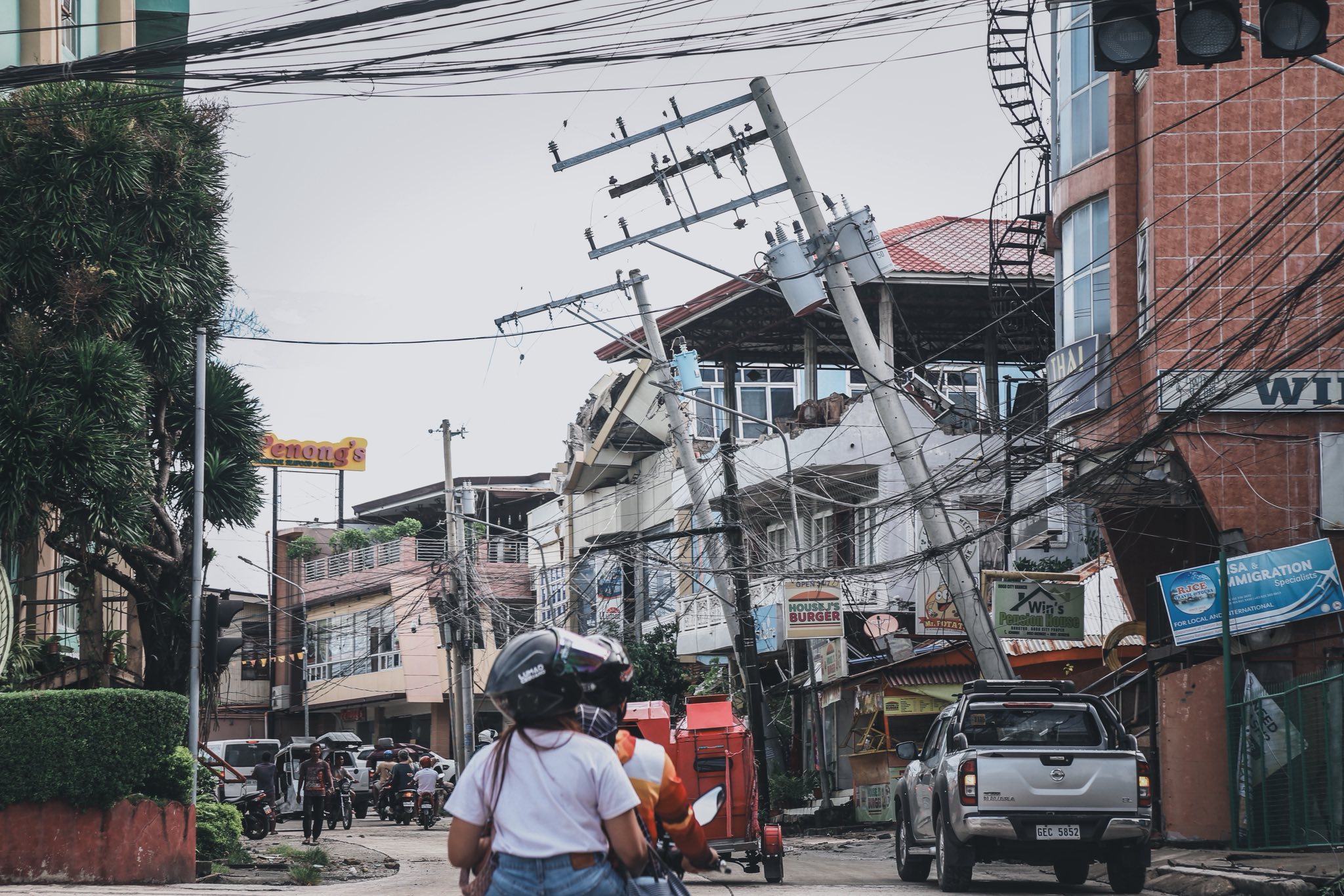Earthquakes are one of nature’s most dramatic and destructive phenomena. To effectively study, monitor, and mitigate the risks associated with these tremors, seismologists employ two primary, yet distinct, measures of an earthquake’s strength: Magnitude and Intensity. While both relate to the size of an earthquake, they describe different aspects of the event—one focuses on the source, the other on the effect.
Magnitude: The Fixed Measure of Energy
Magnitude is an objective, single-number rating that quantifies the energy released at the earthquake’s source, or hypocenter, deep within the Earth.
- What it Measures: The seismic energy released by the earthquake.
- Consistency: Crucially, the magnitude remains the same no matter where on the planet the measurement is taken.An earthquake event has only one magnitude value.
- Measurement: It is determined using specialized scientific instruments called seismographs (or seismometers), which record the ground motion. These measurements are then used to calculate the earthquake’s magnitude, often expressed as a single number (e.g., Magnitude 6.0). Modern scales, like the Moment Magnitude Scale (Mw), have largely replaced the older Richter Scale for large earthquakes, providing a more accurate measure of the total energy released.
Intensity: The Variable Measure of Shaking
In contrast to magnitude, Intensity measures the strength of shaking experienced at specific locations on the Earth’s surface. It is a subjective assessment of the earthquake’s effects.
- What it Measures: The degree of shaking and the resulting effects on people, buildings, and the natural environment.
- Variability: The intensity varies from place to place. Shaking is typically stronger near the epicenter (the point on the surface directly above the hypocenter) and becomes progressively weaker farther away.
- Measurement: Intensity is not determined by a single instrument but is measured using a descriptive scale based on observed damage and reports. In the Philippines, this is done using the PHIVOLCS Earthquake Intensity Scale (PEIS), which uses Roman numerals (typically I to X) to classify the severity of shaking and its consequences. Intensity is therefore a measure of what people feel and the degree of damage observed.
The Critical Difference
The distinction between magnitude and intensity is vital for hazard assessment. An earthquake with a large magnitudemight occur very deep or in a sparsely populated area, resulting in low intensity shaking on the surface. Conversely, a moderate-magnitude earthquake that occurs very close to the surface and near a dense urban area can produce high-intensity shaking and considerable damage.
Understanding both measures allows for a comprehensive picture of an earthquake: magnitude tells us the power of the event at its source, and intensity tells us how hard the ground shook at any given location.











